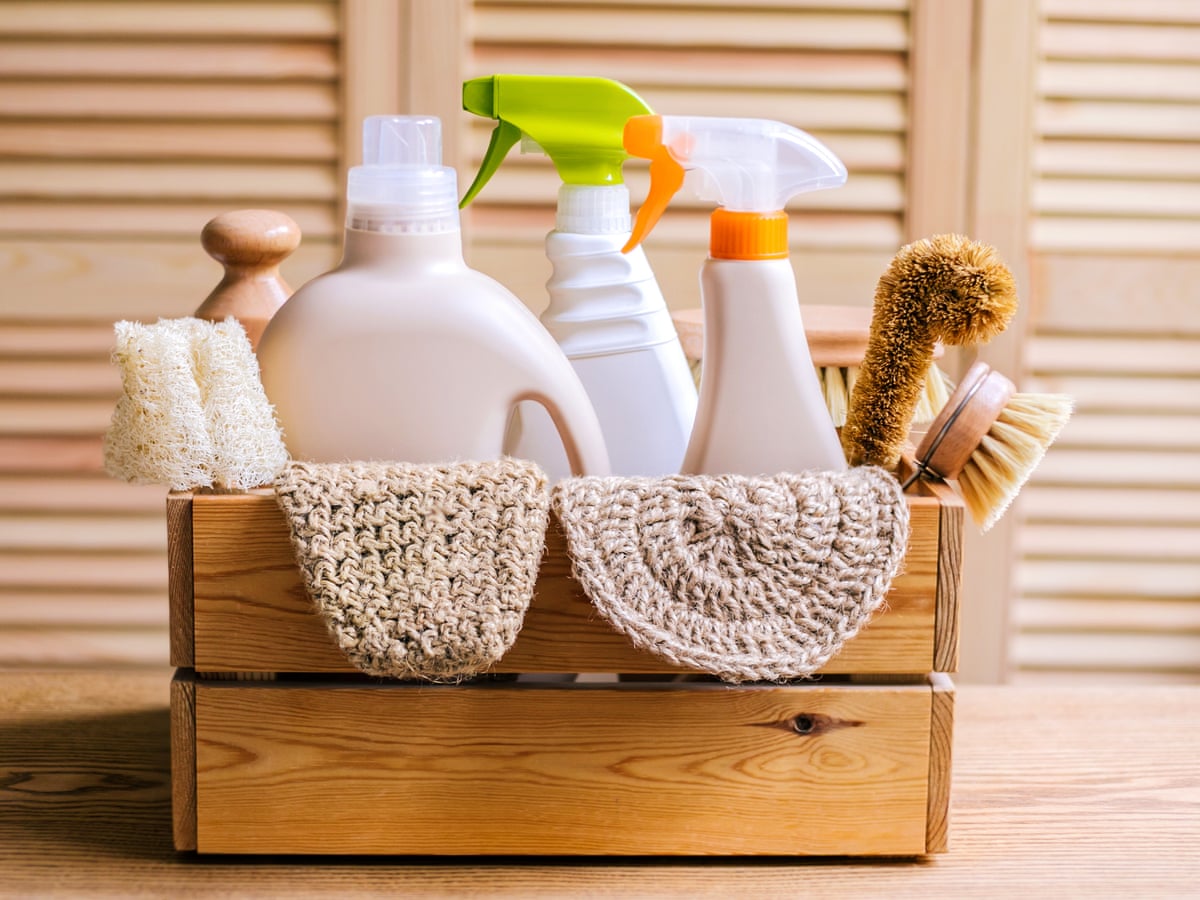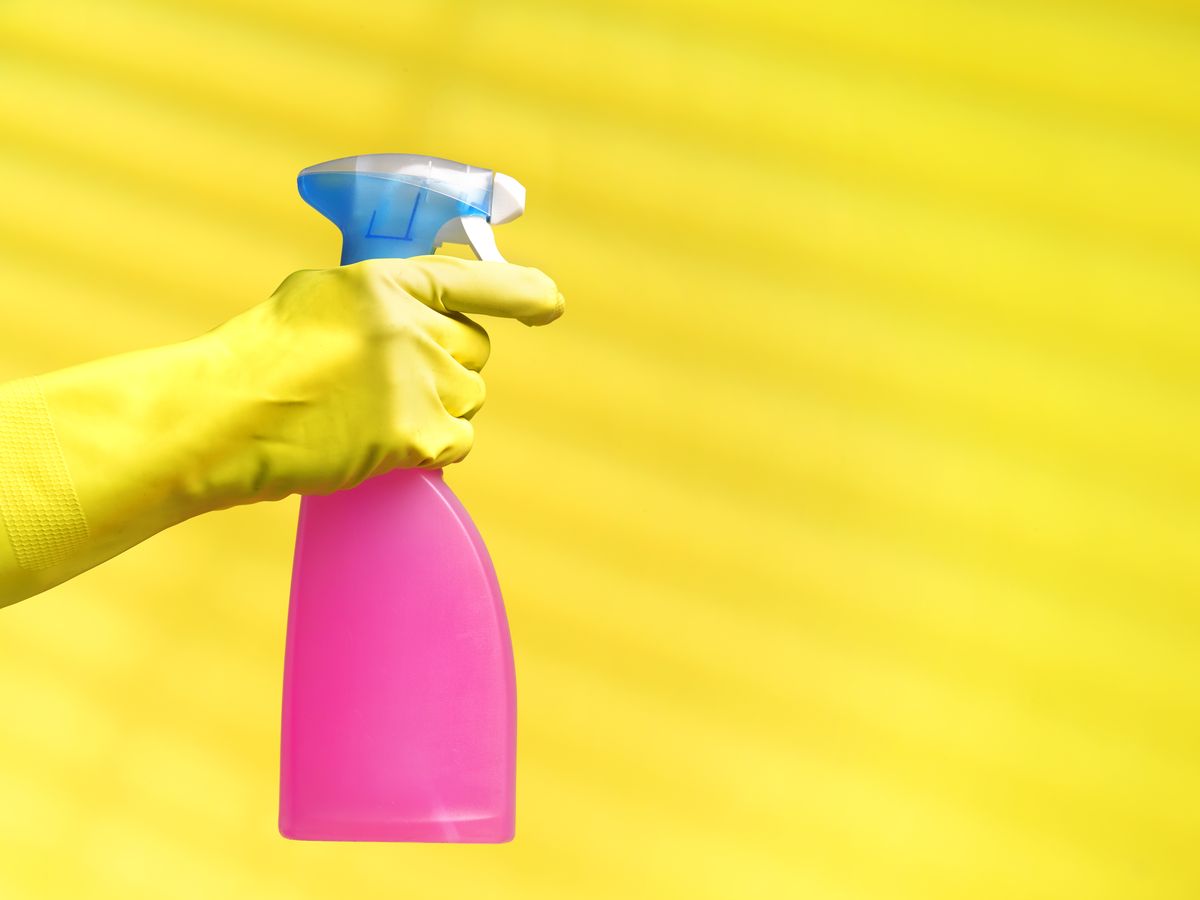Understanding the Demand for Completely Decontaminating and Sanitizing Frequently Touched Surfaces in High-Traffic Locations
In the world of public health and wellness and security, the careful disinfection and sanitization of often touched surfaces in high-traffic areas stand as paramount measures in avoiding the spread of dangerous microorganisms. By checking out the various facets of surface sanitation, from the dangers linked with disregarding cleaning protocols to the effective approaches that can be employed, a clearer understanding arises of the crucial function these techniques play in safeguarding public health.
Importance of Surface Area Disinfection
Emphasizing the detailed sanitation of high-traffic surfaces is critical in maintaining a hygienic atmosphere and avoiding the spread of harmful pathogens. High-touch surface areas such as door handles, light buttons, elevator switches, and kitchen counters act as breeding premises for infections and microorganisms. Routine sanitation of these surface areas is imperative to lower the risk of contamination and transmission of ailments.
By applying a durable disinfection method, services and institutions can develop a much safer environment for site visitors, customers, and workers. Correct surface sanitation not just mitigates the spread of contagious conditions but additionally instills confidence in the tidiness and safety and security of the premises. This aggressive strategy demonstrates a commitment to health and wellness and wellness, which is especially essential in high-traffic areas where the probability of exposure to pathogens is increased.
In addition, surface area sanitation plays an essential function in general infection control methods. Incorporated with hand hygiene methods, using masks, and preserving physical distancing, detailed sanitation of high-touch surface areas forms an extensive defense against the transmission of dangerous microbes. Prioritizing surface area sanitation is an essential component of a holistic method to health and wellness in shared spaces.
Risks of Ignoring Cleaning Practices
Overlooking extensive disinfection of high-traffic surfaces substantially increases the risk of bacterial and viral contamination, posturing a serious risk to the health and wellness of people frequenting these rooms. Failure to implement proper cleansing methods can lead to the build-up and spread of damaging virus, consisting of germs and viruses, on regularly touched surfaces such as doorknobs, handrails, lift buttons, and countertops.

Moreover, disregarding the importance of thorough cleansing not only endangers the wellness of people yet likewise threatens efforts to maintain a sanitary and clean atmosphere. It is essential to identify the relevance of proper sanitation protocols in protecting against the spread of infections and protecting public wellness.
Efficient Sanitation Techniques
To keep optimal tidiness and minimize the risk of contamination on high-traffic surface areas, using effective disinfection methods is important. Among the most reliable and typical sanitation techniques is using chemical disinfectants. These items can vary in toughness and make-up, with some targeting certain virus like microorganisms or infections. It is essential to comply with the maker's instructions for appropriate dilution, call time, and ventilation when making use of chemical anti-bacterials to ensure their performance - Scrub the Surfaces.
An additional reliable method is the use of UV-C light. UV-C light has been shown to be effective in eliminating a large variety of microorganisms by disrupting their DNA framework, thus preventing them from replicating. It is necessary to use UV-C light correctly, guaranteeing that the correct strength and exposure time are applied to accomplish the wanted sanitation outcomes.
Furthermore, utilizing vapor cleaning as a disinfection technique can be highly reliable, read this article especially on surface areas that are heat-resistant. Heavy steam can pass through permeable surface areas and kill microorganisms, infections, and other virus efficiently. When using vapor cleaning, it is necessary to ensure that the surface reaches the required temperature level for an enough quantity of time to ensure correct sanitation.
Influence on Public Wellness
The upkeep you could check here of high requirements of tidiness and disinfection on high-traffic surfaces plays a crucial function in securing public health and wellness. Frequently touched surface areas in locations with high tramp, such as doorknobs, handrails, lift buttons, and bathroom centers, function as breeding premises for damaging virus. Failing to appropriately disinfect these surface areas can lead to the fast spread of contagious conditions within communities. By implementing detailed disinfection protocols, the danger of transmission of infections, microorganisms, and various other bacteria can be considerably minimized.
Effective cleanliness methods not only safeguard individuals from falling unwell yet additionally add to the total health of culture. Public health authorities emphasize the importance of maintaining tidy settings to avoid episodes and have the spread of ailments. In high-traffic locations like flight terminals, institutions, medical facilities, and public transport systems, the effect of rigorous disinfection actions can not be underrated. Prioritizing the sanitization of frequently touched surface areas is a positive strategy to advertising public health and wellness and improving the security of individuals in common areas.
Carrying Out Regular Cleansing Protocols
Without delay instituting and adhering to a consistent routine of cleaning procedures is paramount for keeping the sanitation and security of high-traffic surfaces. Regular cleaning procedures are important in preventing the build-up of bacteria and microorganisms on regularly touched surfaces, specifically in areas with high foot web traffic. By applying a systematic technique to cleaning, organizations can successfully lower the danger of condition transmission and create a healthier setting for employees, consumers, and the general public.
To develop an effective cleaning timetable, it is essential to identify high-traffic locations that require frequent interest. These locations might include doorknobs, hand rails, lift switches, restroom facilities, and shared equipment. Carrying out a regular cleaning regimen that targets these surfaces several times a day can substantially reduce the spread of hazardous germs and infections.
In addition, using ideal cleaning agents and disinfectants is key to ensuring that surfaces are completely sterilized. Routine training of cleaning up personnel on appropriate cleansing methods and the relevance of adherence to the cleansing timetable is additionally important news in preserving a sanitary atmosphere. By prioritizing constant cleaning methods, companies can advertise the health and wellness and wellness of individuals who interact with these high-traffic surfaces.

Conclusion
In conclusion, it is important to prioritize thorough sanitation and sanitization of regularly touched surface areas in high-traffic areas to avoid the spread of hazardous pathogens and keep public wellness. It is necessary to acknowledge the relevance of preserving clean surface areas in high-traffic areas to make sure the well-being of the neighborhood.
In the realm of public health and wellness and security, the precise disinfection and sanitization of frequently touched surface areas in high-traffic areas stand as paramount actions in preventing the spread of damaging pathogens. By checking out the various elements of surface sanitation, from the dangers linked with neglecting cleansing methods to the effective approaches that can be utilized, a clearer understanding emerges of the vital duty these techniques play in guarding public wellness.Additionally, using heavy steam cleaning as a sanitation method can be extremely reliable, especially on surfaces that are heat-resistant. When using vapor cleansing, it is vital to make sure that the surface gets to the required temperature level for an enough amount of time to ensure correct disinfection.
In conclusion, it is crucial to prioritize detailed disinfection and sanitization of frequently touched surface areas in high-traffic areas to protect against the spread of hazardous virus and keep public health.